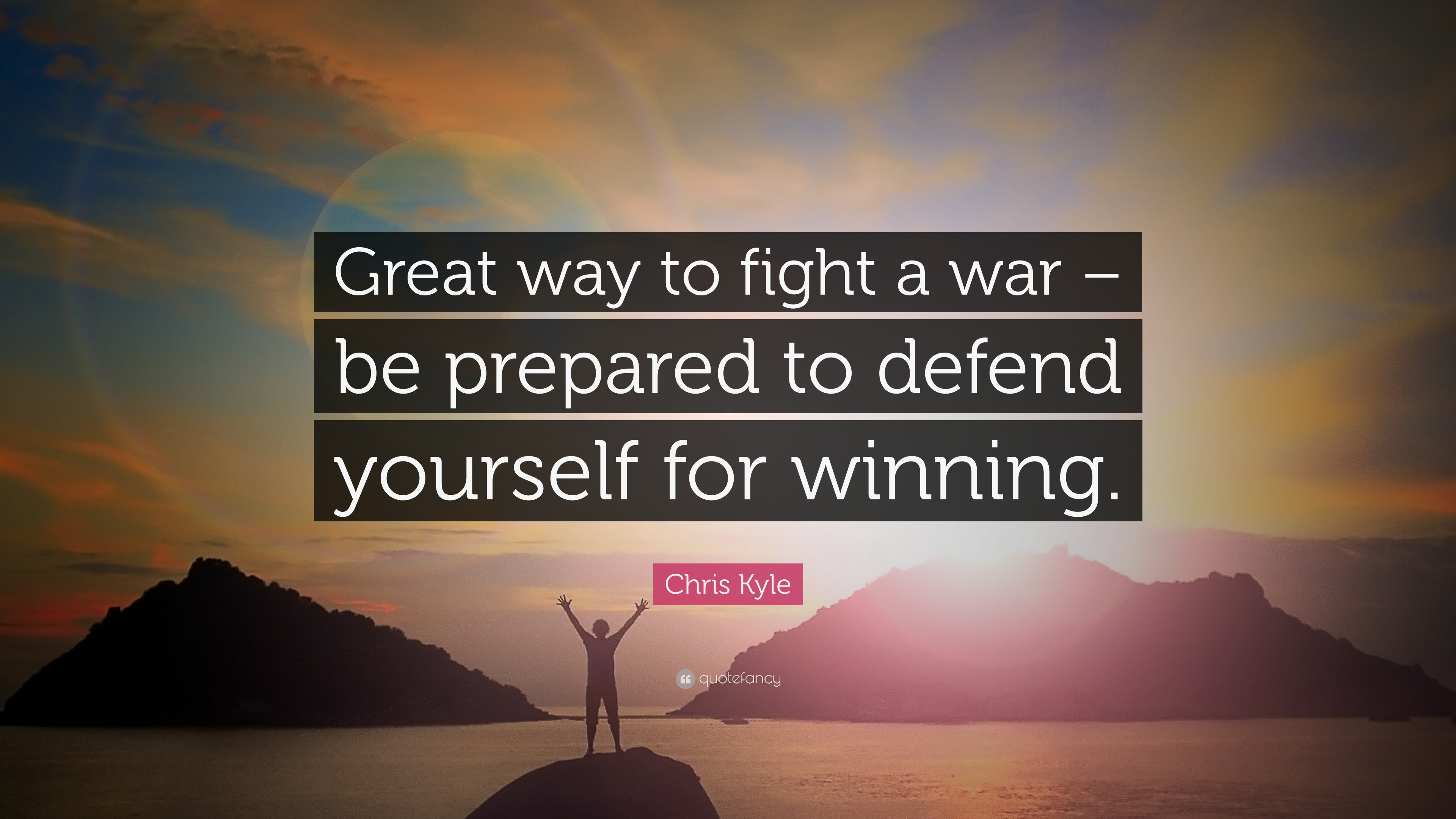I Want To Learn How To Fight And Defend Myself

A palpable sense of unease is gripping communities nationwide. A growing number of individuals are actively seeking out self-defense training and martial arts, driven by a desire to feel safer and more empowered in an increasingly uncertain world. This surge in interest highlights a deeper societal concern about personal safety and the perceived need to take proactive measures.
The demand for self-defense skills is rapidly increasing, with training centers reporting significant enrollment spikes. From Krav Maga to Brazilian Jiu-Jitsu, individuals are exploring various disciplines to equip themselves with the knowledge and ability to protect themselves and their loved ones.
This article delves into the factors fueling this trend, the types of training available, and the potential impact on individuals and communities.
Rising Demand for Self-Defense Training
The rising demand for self-defense classes can be attributed to several factors. Increased media coverage of violent crimes, both locally and nationally, plays a significant role. Social media amplifies these narratives, creating a heightened sense of vulnerability.
A recent report by the National Crime Prevention Council indicates a growing concern among citizens regarding personal safety. This concern is particularly acute in urban areas, where crime rates are perceived to be higher. This perception, whether accurate or not, fuels the desire for self-defense skills.
Factors Contributing to the Trend
Beyond fear of crime, the desire for physical fitness and mental well-being also drives individuals to self-defense training. Martial arts offer a holistic approach, combining physical exercise with mental discipline and self-confidence. This dual benefit appeals to a broader audience seeking personal growth and empowerment.
Another factor is the growing awareness of gender-based violence. Women, in particular, are increasingly seeking self-defense skills to protect themselves from potential threats. Specialized self-defense courses for women focus on techniques tailored to their physical capabilities and common attack scenarios.
Types of Self-Defense Training Available
A wide variety of self-defense training programs are available, each with its own unique focus and techniques. Krav Maga, developed for the Israeli military, emphasizes practical and efficient techniques for neutralizing threats. Brazilian Jiu-Jitsu (BJJ) focuses on grappling and submission techniques, allowing smaller individuals to defend themselves against larger opponents.
Traditional martial arts like Taekwondo and Karate offer a more structured approach, emphasizing discipline, technique, and physical conditioning. Muay Thai, also known as Thai boxing, utilizes strikes with fists, elbows, knees, and shins. Choosing the right type of training depends on individual goals, physical capabilities, and personal preferences.
"Self-defense is not just about physical techniques; it's about awareness, assertiveness, and risk reduction," explains Sergeant Michael Davis, a self-defense instructor with 15 years of experience. "It's about empowering individuals to make informed decisions and take control of their safety."
Benefits Beyond Physical Protection
The benefits of self-defense training extend beyond physical protection. Participants often report increased self-confidence, improved physical fitness, and reduced stress levels. Learning to defend oneself can also foster a sense of empowerment and mental resilience.
Many training programs also incorporate de-escalation techniques and conflict resolution skills. This teaches participants how to avoid potentially dangerous situations and resolve conflicts peacefully. Self-awareness and assertiveness are crucial components of effective self-defense.
Community Impact and Future Trends
The increased interest in self-defense training can have a positive impact on communities. By empowering individuals to protect themselves, it can contribute to a safer and more resilient society. Increased awareness of personal safety can also lead to a decrease in crime rates.
However, it's important to note that self-defense training is not a substitute for law enforcement. It's a tool to enhance personal safety and empower individuals to take control of their well-being. Collaboration between law enforcement and self-defense instructors can further promote community safety.
Looking ahead, the demand for self-defense training is likely to continue to grow. As technology evolves, new forms of self-defense, such as cyber self-defense, may emerge. The focus on personal safety will remain a priority for individuals and communities alike, driving innovation and accessibility in self-defense training programs. Training in reality-based self defense scenarios are becoming more common place, to better simulate a dangerous encounter.


















